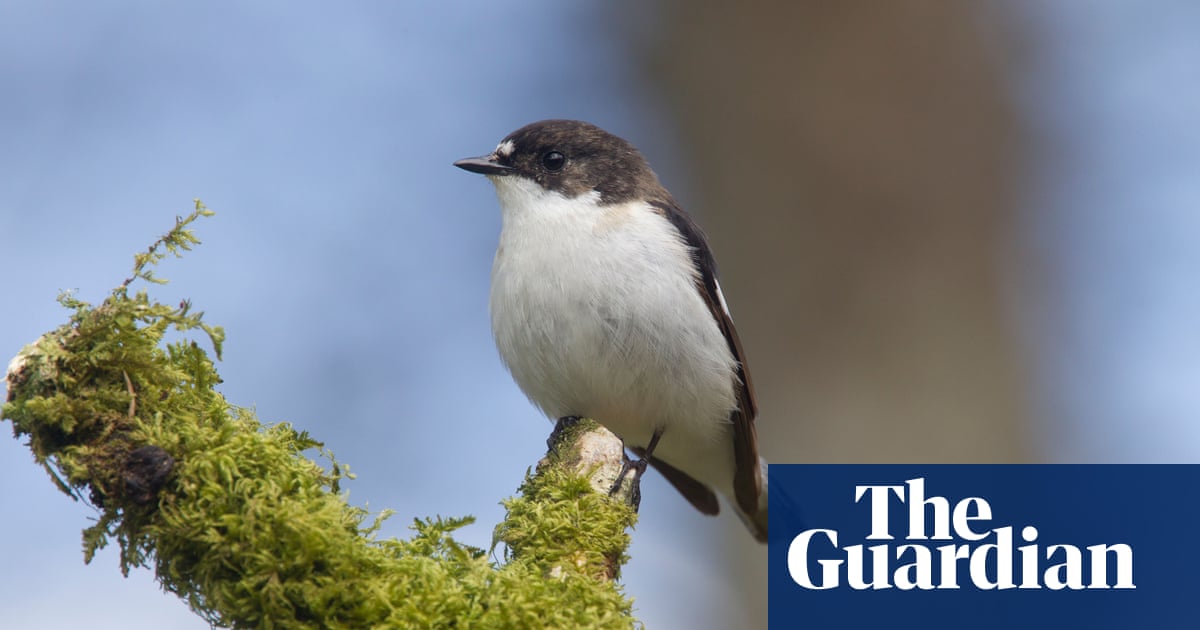Spectacular feeding frenzies of Atlantic bluefin tuna, surging numbers of glowworms, and a record-breaking breeding season for pied flycatchers are among the British wildlife highlights of 2023.
But conservationists warned that overall wildlife continued to decline, with one in six species at risk of extinction – and that wildlife was being challenged in new ways by global heating, disease and other destructive human activities.
This is the best summary I could come up with:
Spectacular feeding frenzies of Atlantic bluefin tuna, surging numbers of glowworms, and a record-breaking breeding season for pied flycatchers are among the British wildlife highlights of 2023.
These spectacles occur when predators force fish such as mackerel to cluster together in a dense ball before cetaceans and tuna as well as opportunistic seabirds plunge in to feed on the prey.
Bluefin tuna has now been removed from the International Union for Conservation of Nature (IUCN) red list of endangered species and limited fishing in UK waters has resumed.
Colin Williams, senior ecology officer at BBOWT, said: “Getting record numbers of glowworms or seeing new dragonflies is great – but this is almost entirely down to decades of incredible work by our staff and thousands of tireless unpaid volunteers creating robust and diverse habitats.
At RSPB Haweswater in the Lake District, 29 singing males of the amber-listed species were counted, suggesting a total population of 50 to 60 pairs across the reserve, the highest number for a decade.
Although there were signs of some birds showing immunity to avian flu – with gannets on Bass Rock, Scotland, which have black instead of pale blue irises, more likely to have survived the virus – large numbers of seabirds continued to die from the disease.
The original article contains 988 words, the summary contains 212 words. Saved 79%. I’m a bot and I’m open source!



